Iran's light crude oil extended its rally to its highest level of above $66 a barrel in more than two years on the back of a bull run in global markets.
The country's light crude settled at $66.01 per barrel on Jan. 9 while Iran Heavy reached $64.11 a barrel, their highest levels since mid-2015, IRNA reported on Thursday.
Iran's Forouzan oil grade also traded at $64.36 a barrel, the report said.
The country's light crude, which is usually priced higher than heavier grades because it can be cracked into lighter and more useful products, averaged $52.20 a barrel in 2017.
Iran's light crude rounded up the previous year at $65.77 a barrel, averaging the year at $53.31 per barrel compared with $41 in 2016.
Brent, the international benchmark for oil prices, broke through the $70 barrier on Thursday for the first time since Dec. 2014. The US West Texas Intermediate reached $64.56 a barrel–also the highest since Dec. 2014.
The No. 3 producer of the Organization of Petroleum Exporting Countries is pumping up to 3.9 million barrels per day while exports stand at 2.5-2.6 million bpd. Over 60% of Iran's shipments go to refineries in Asia and the rest are supplied to terminals in Europe.
The country exported nearly 1 billion barrels of crude oil and condensate last year, including some 777 million barrels of crude and 180 million barrels of condensate, averaging 2.62 million barrels a day, Oil Ministry's news portal Shana reported earlier this week.
The price of OPEC basket of 14 crudes stood at $67.38 a barrel on Thursday, compared with $67.24 the previous day, according to the latest OPEC calculations.
Prices were buoyed in 2017 from strong adherence of producers to the deal, outages in the United States, Venezuela, Nigeria and Libya, political unrests in the Middle East and most recently, the shutdown of the Forties Pipeline system in the North Sea that lasted three weeks.
Iran is part of a global pact between OPEC and several non-OPEC producers to cut back supplies by 1.8 million barrels a day through the end of the year.
Under the scheme, Iran is expected to pump around 3.8 million barrels a day. The country is producing around the same level, according to government figures and data provided by OPEC's secondary sources monitoring the production of the group's member states.
Once OPEC's second-largest and the world's fourth-biggest crude supplier, the country hopes to return to its mighty days in the 1970s when it produced over 6.5 million barrels a day.
Officials have estimated that Iran can add 3 million barrels to its daily crude output in 10 years.


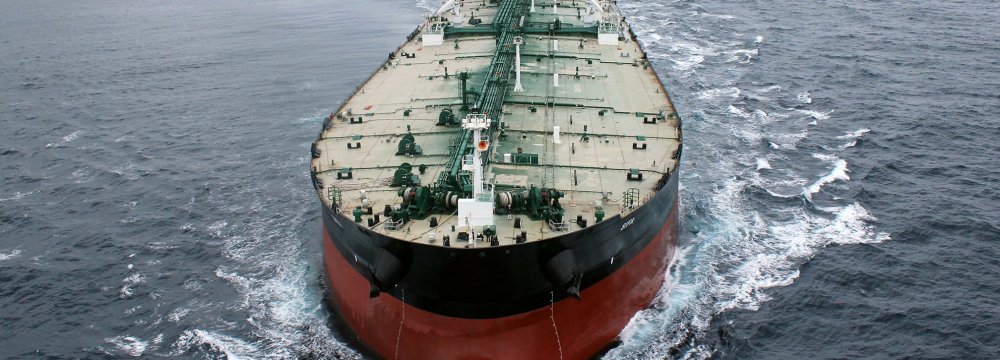
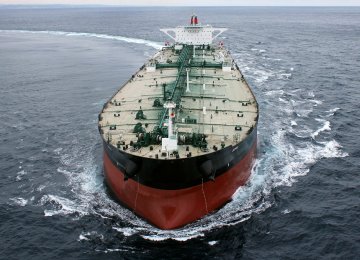
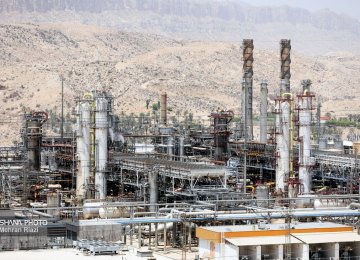
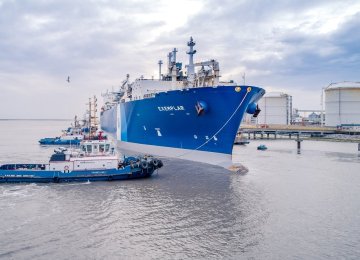
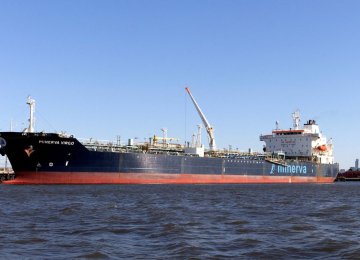
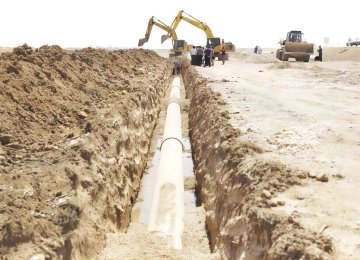
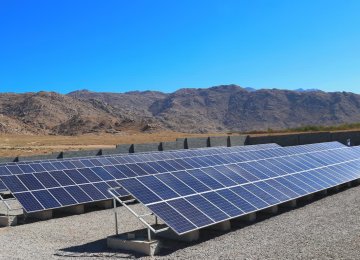


Add new comment
Read our comment policy before posting your viewpoints